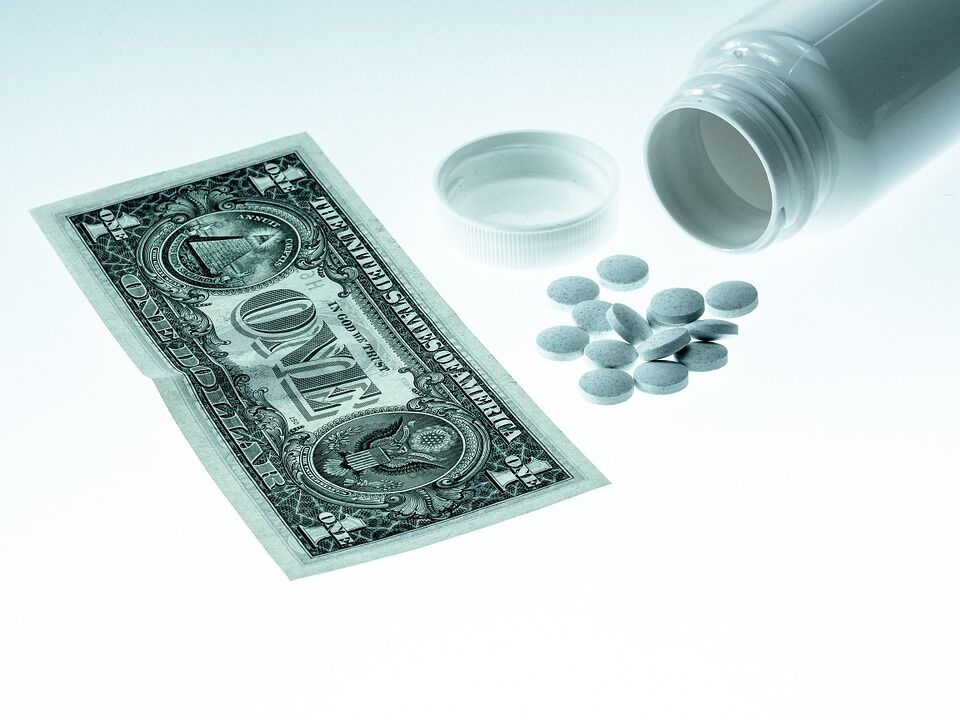
Multiple providers are in a health plan’s network, some lower-cost than others. How can employers and insurers encourage patients to switch to these lower-cost providers? A recent study in Heath Affairs led by HCP researchers assessed the impact of a new strategy, giving patients a cash incentive.
In 2017, 29 employers implemented a financial reward program to try to encourage their employees to receive care at lower-cost providers. A select set of 131 services were eligible for a reward, and patients that chose lower-cost providers received a check ranging from $25-$500. The procedures elected for rewards ranged from CT scans and mammograms to major medical procedures such as knee replacements.
In the first year of the program, the study team found that there was a 2% reduction in prices paid for services that were a part of the rewards program. This totaled to a savings of $2.3 million a year, which averaged to around $8 per person. The greatest drop in prices was for MRIs (a 4.7% reduction in prices).
The findings illustrate that rewards programs can have an impact on where patients get care, but that the impact is modest.
The first author on the piece was Christopher M. Whaley, PhD, of RAND and co-authors included Lan Vu, principle data scientist at Health Care Service Corporation, Neeraj Sood, PhD, professor and vice dean for research at the University of Southern California, Michael E. Chernew, PhD, Leonard D. Schaffer Professor of Health Care Policy, Leanne Metcalf, PhD, executive director for research and strategy at Health Care Service Corporation, and Ateev Mehrotra, MD, MPH, associate professor of health care policy
This study’s results were featured in WBUR.